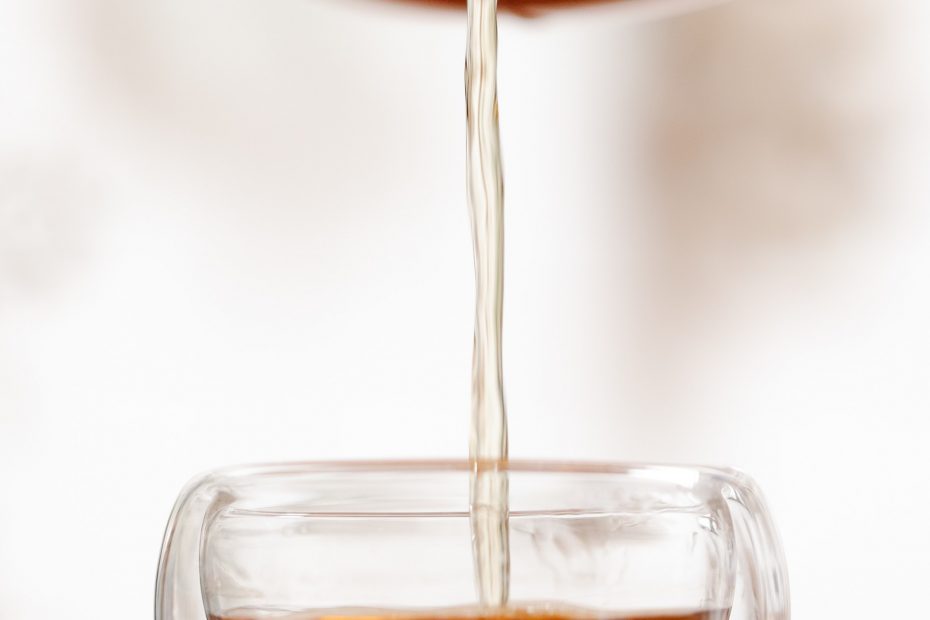What is the history behind tea?
Origins of tea: China 2500 B.C.
The history of tea, its origins, how in over 4500 years it has become the world’s second largest beverage, and how many variations of this camellia sinensis infusion exist has always fascinated us greatly. In fact, for a long time we have wanted to write an in-depth arctic on the origins of tea and how it has gradually spread to the West. You want because tea is one of our greatest passions turned into a job (if you don’t know it yet, discover our online tea store with more than 600 different products), but also because too often we have come across online forums and discussions where so many people are looking for information about the birth of tea, where its use began and even questions like “who invented tea.” But, in most cases, the answers were wrong. Let’s therefore shed some light!
The history and origins of tea have very ancient roots. The home of tea is, indeed, China and the earliest uses of this plant can be traced back to about 2,500 years BC.
At first, the plant was not used for recreational purposes, but rather for medicinal purposes: the leaves were chopped, ground and taken. Tea, in fact, had mainly antimicrobial and antibiotic properties, which is why the ancient peoples of South China used it. And this is where tea originated, in South China: the region we know today as Yunnan, is one of the foci from which tea then began to expand to North China through the emigration of the South Chinese to the North, the home of Chinese tea!
For a very long time, the use of tea and its cultivation, remains the exclusive preserve of the Chinese people who begin to engage in Arts and Crafts around this plant; for example, the creation of porcelain teapots, cups and a whole range of handicrafts, are the exclusive property of the Chinese. These achievements occur, also, to keep the emperor happy; in fact, it is the emperors themselves who boasted much about the use and consumption of tea leaves and possessed more valuable leaves and crops, which were directly sent to the imperial court.
The expansion of tea thanks to monks and its arrival in Japan
For a very long time, until 800 to 900 AD, tea was consumed only in China. Only with the arrival of Buddhist monks from India did tea begin to expand. The wanderings of the Buddhist monks who arrived in China gave them the opportunity to learn about this plant and become so fascinated by its properties. In particular, tea helped the monks stay awake during long meditations.
It was not until the year 1000 that leaves and seeds of the plant were brought to Japan, making it the second largest tea-producing country, as well as world famous for the rich variety and great quality of Japanese teas.
History of tea in the West: the arrival in Europe in 1600 AD.
Now let us take a long time jump and arrive in the 17th century, when Western merchants first appeared in China: the first were the Portuguese, who would later be followed by the Spanish and then the English. Thanks to them and their early contacts with Asia, tea will slowly begin to spread to Europe as well.
The spread of tea in the West – and of the different varieties of tea – came about, above all, thanks to the passion that the English began to have about this precious beverage; in fact, the English noble courts were crazy about this plant and began to demand it more and more, until a real commercial market for the tea plant was born. Thus, the plant was grown in China, transported on the ships of Portuguese, Spanish, and English merchants, and brought, during a very long voyage, to Europe. The drink has become part of different traditions, and has taken on different names in different languages: find out more in our blog article where we discuss the different ways of spelling the word tea!
The theft of tea plants from China and the establishment of plantations in India: 1800 AD.
This trading situation went on for a long time and the demand for tea in England became greater and greater, until tired of buying tea from China, it opted for a ploy. This came about through the fascinating story of a spy botanist, Robert Fortune, who was sent to China to “steal” tea plants and bring them to India.
India at that time, which was in the 19th century, was a British colony, and Robert Fortune after a long time managed to steal the tea plants and bring them to their destination. It was here that the first cultivations were started in the foothills of the Himalayas, in the Darjeeling region: today, a region very famous for the quality of its teas.
Thanks to these great little happenings in the histories and origins of tea, today it is one of the most widely drunk beverages in the world and is claimed to be the second most drunk beverage after water.
A curious anecdote: how was tea originally prepared?
Originally tea was not prepared as we do today by steeping the dried leaves. Rather, the leaves were pulverized and different kinds of spices were added to it-especially by the non-Chinese people, such as the Mongols, who added pepper and butter. For a very long time therefore tea was drunk in powder form, and that is how it has remained in Japan today.
This concludes our journey from the origins of tea to today. A journey of over 4500 years that we hope has enthralled you and allowed you to increase your knowledge about the world of tea.
